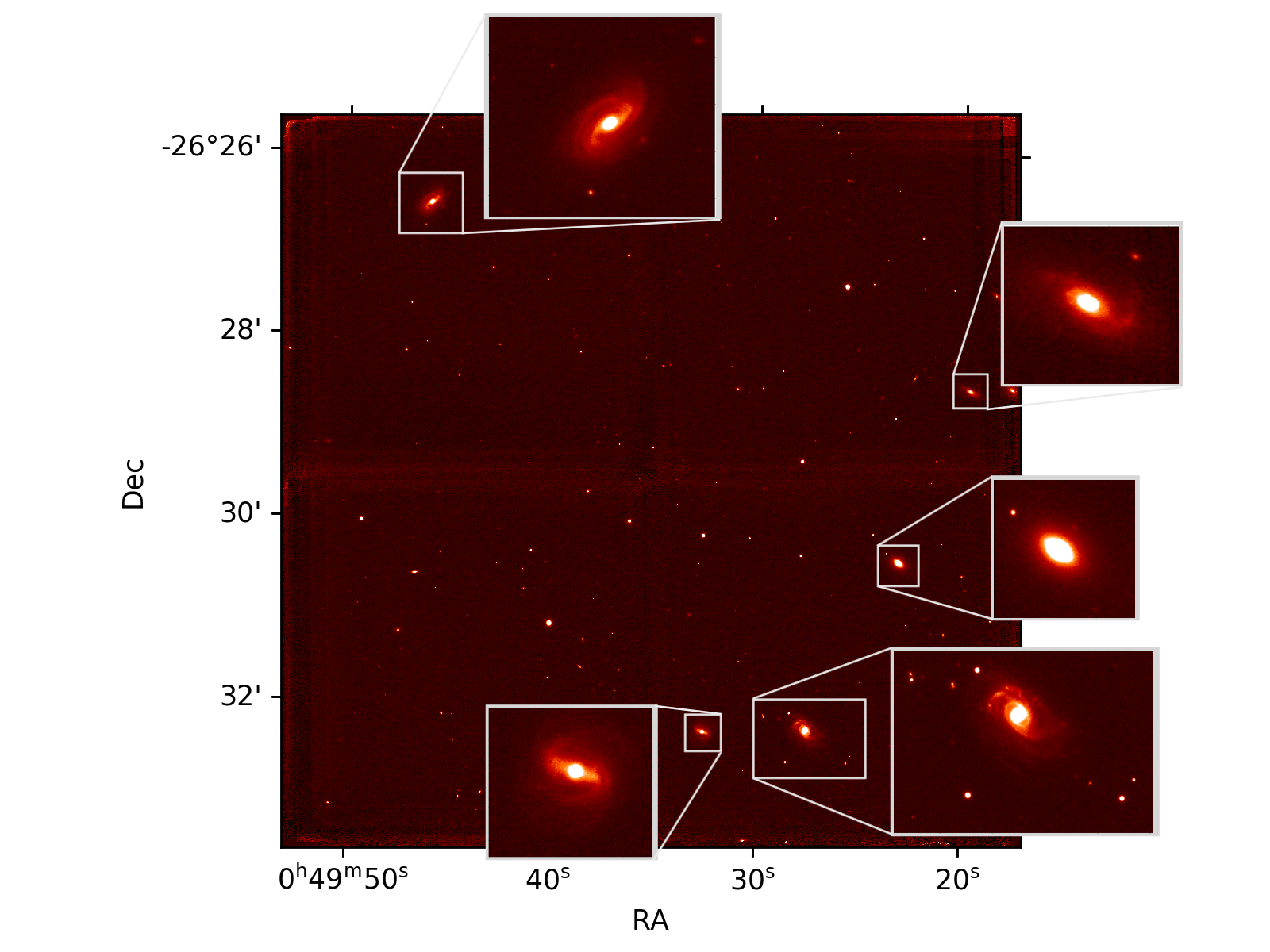
First light of ENGRAVE and a potential NS-BH merger
A few months ago, the hunt for gravitational waves as part of the third observing run (O3) was initiated by the Advanced LIGO and Advanced Virgo gravitational-wave detectors on April 1, 2019. Both detectors have been upgraded since they were last in operation and have already reported more than 20 gravitational-wave candidate events of either merging binary black holes or merging binary neutron stars. On August 14, for the first time, they reported the likely detection of a neutron star colliding with a black hole, called S190814bv. This initiated an intensive search campaign for a potential electromagnetic counterpart, and the ENGRAVE collaboration could for the first time report observations of candidates to this event using the Very Large Telescope in Chile. A large number of potential candidates were reported in the following days, detected by several teams using telescopes around the world. After carefully considering the most likely candidates to the gravitational-wave detection, the ENGRAVE’s operations team obtained imaging and spectroscopic data of a few of the newly reported transients to classify the physical nature of these. The observations were reported in the first official GCN by ENGRAVE. The data analysis is still ongoing, but so far no viable candidates have been identified. Nevertheless, this was the first time ENGRAVE was in action, heralding a fruitful collaboration going forward.
A negative result is still a result, and our observations allow to set deep limits to the kind of radiation emitted by these explosions, which had not been constrained previously. For example, for some parameters of the black hole (mass, rotation, …), the neutron star is swallowed into the black hole without being disrupted, and no ejected material and electromagnetic emission is expected after the merger. Or it may simply be that the emitted light was too faint to be detected. The latter point is somehow complicated by the larger distance of this event (~270 Mpc) compared to the first electromagnetic detection of GW170817 at ~40 Mpc. However, if the event S190814bv was as bright as GW170817 we would have detected it, if it was located in any of the targeted candidate host galaxies.
